Best Practices for Securing SSH Connections on Linux Servers

Discover the best practices for securing SSH connections on Linux servers. Learn essential security tips like disabling root login, using SSH keys, and more for better protection and control over your server. Table of Contents Introduction Secure Shell (SSH) is a widely used protocol for remote administration and file transfer on Linux servers. However, due […]
How to Automate Server Provisioning with Ansible
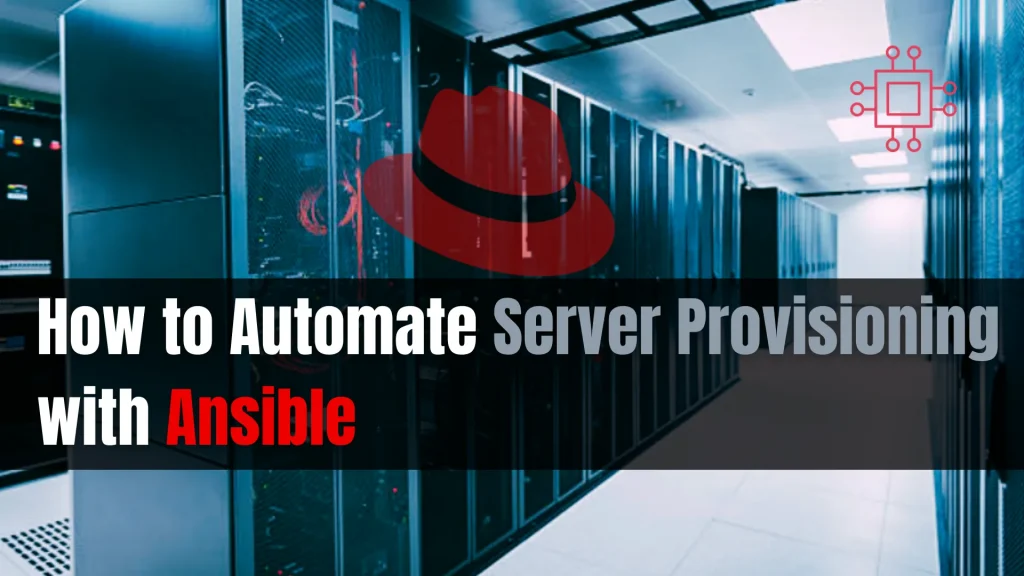
Learn how to automate server provisioning with Ansible. This comprehensive guide covers everything from installing Ansible to writing playbooks and best practices for automation. Table of Contents Introduction In today’s fast-paced IT world, efficient and reliable server provisioning is essential. The days of manually configuring servers, setting up environments, and ensuring consistency are long gone. […]
Install MySQL 8.4 on CentOS 9 Using Ansible Roles
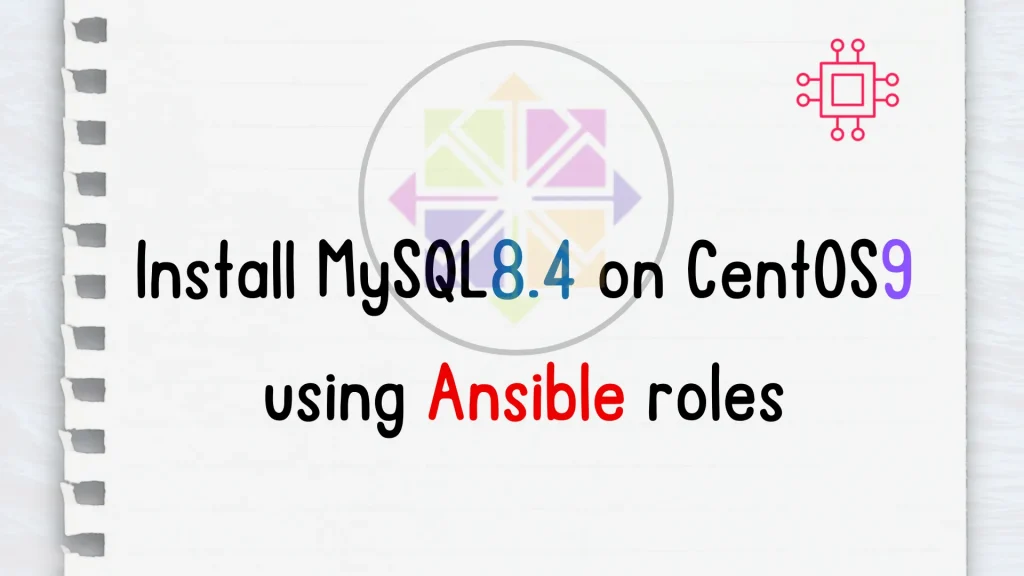
Learn how to install MySQL 8.4 on CentOS 9 using Ansible roles for automation, scalability, and repeatability. This step-by-step guide ensures a secure and efficient MySQL setup. Table of Contents Introduction MySQL is an open-source relational database management system (RDBMS) widely used for web applications and services. When deploying MySQL across multiple servers or environments, […]
Install Apache Guacamole on RHEL 9 Using Ansible Roles
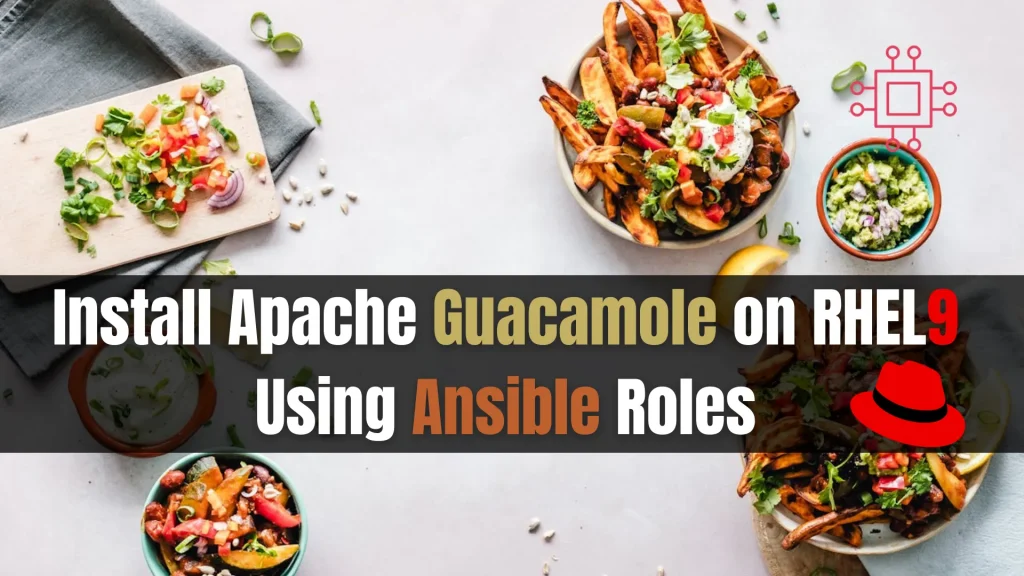
Learn how to install Apache Guacamole on RHEL 9 or CentOS 9 using Ansible roles for automated, secure, and efficient remote desktop access. Step-by-step guide with CLI examples. Table of Contents Introduction Apache Guacamole is a powerful, clientless remote desktop gateway that allows you to access your desktops or servers using a web browser. As […]
How to Generate Secure Random Passwords with a Bash Script: A Comprehensive Guide

Learn how to generate secure, random passwords with a Bash script. This step-by-step guide will help you create customizable passwords for better security. Table of Contents Introduction In today’s digital world, password security is more important than ever. From personal accounts to corporate logins, passwords are our first line of defense against cyber threats. Whether […]
Install Fedora 40 Server in 12 Easy Steps

Learn how to install Fedora 40 Server in 12 easy steps. Follow this detailed guide with command-line examples, table charts, and essential setup tips to get your Fedora server up and running smoothly. Table of Contents Introduction Installing Fedora 40 Server can be straightforward when broken down into easy-to-follow steps. This guide aims to help […]
Install NICE DCV on RHEL 9
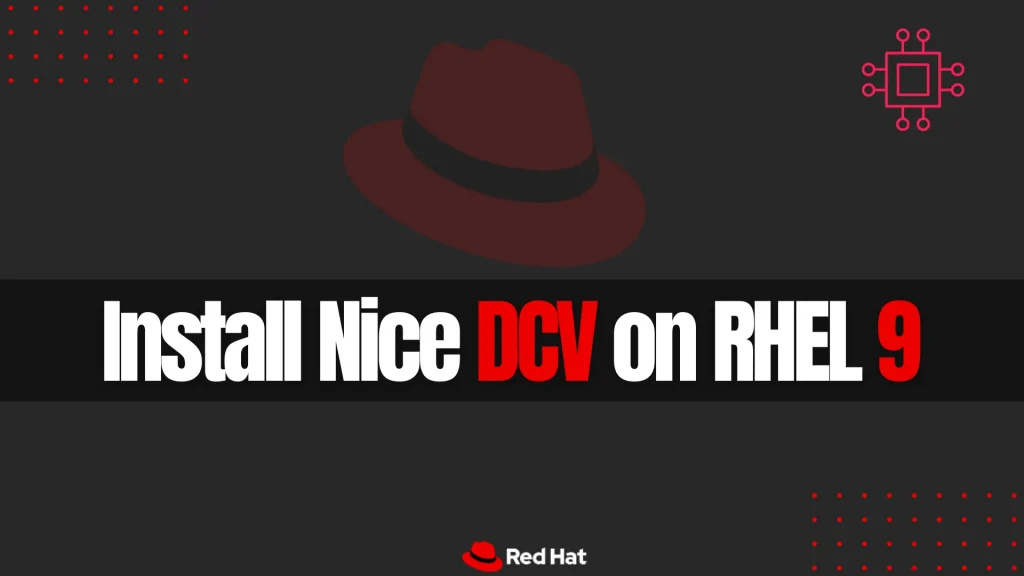
Learn how to install NICE DCV on RHEL 9 with our step-by-step guide. This tutorial covers prerequisites, installation, SSL setup, and optimization tips for secure and high-performance remote desktop access. Perfect for cloud and on-premises environments! Table of Contents Introduction NICE DCV (Desktop Cloud Visualization) is a powerful remote visualization technology developed by AWS, allowing […]
Install Podman on Rocky Linux 9
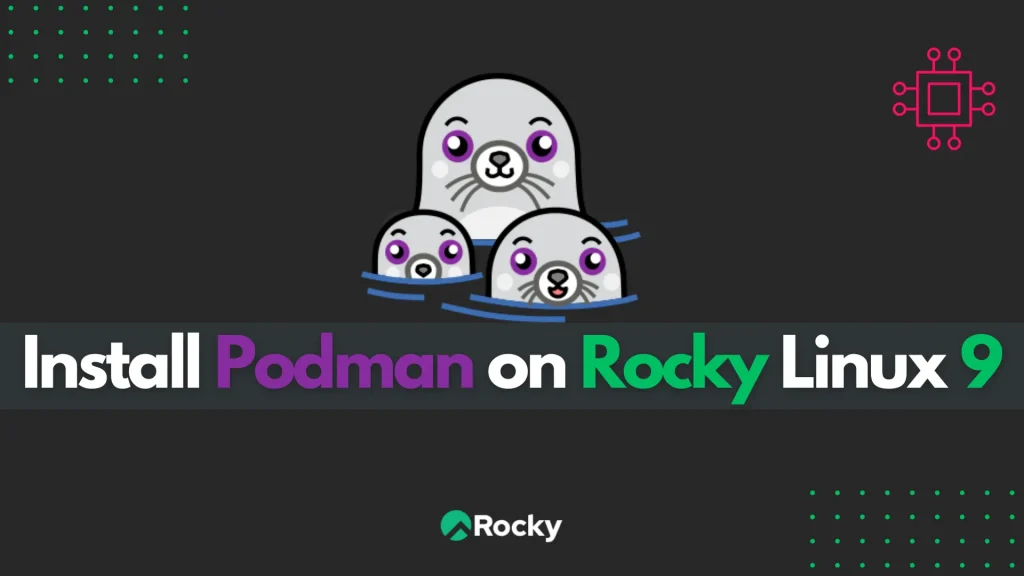
Learn how to install Podman on Rocky Linux 9 with this step-by-step guide. Discover essential commands, advanced features, troubleshooting tips, and system integration techniques to efficiently manage containers on your system. Table of Contents Introduction Podman is a powerful container management tool that offers a similar experience to Docker but with a key difference — […]
Install Neovim on Ubuntu 24.04

Learn how to install Neovim on Ubuntu 24.04 with this comprehensive guide. Discover installation methods, essential configurations, and plugins to enhance your coding experience. Table of Contents 🔈Introduction Neovim is a powerful and modern text editor that is an enhanced version of Vim. It offers numerous improvements, including better scripting support, improved plugins, and a […]
Install AlmaLinux9.5 in 12 Easy Steps

Learn how to install AlmaLinux 9.5 in 12 easy steps with this comprehensive guide. From downloading the ISO to configuring your system, follow our detailed instructions to get your AlmaLinux server or workstation up and running quickly and efficiently. Table of Contents Introduction AlmaLinux 9.5 is an enterprise-grade Linux distribution that is highly compatible with Red […]
